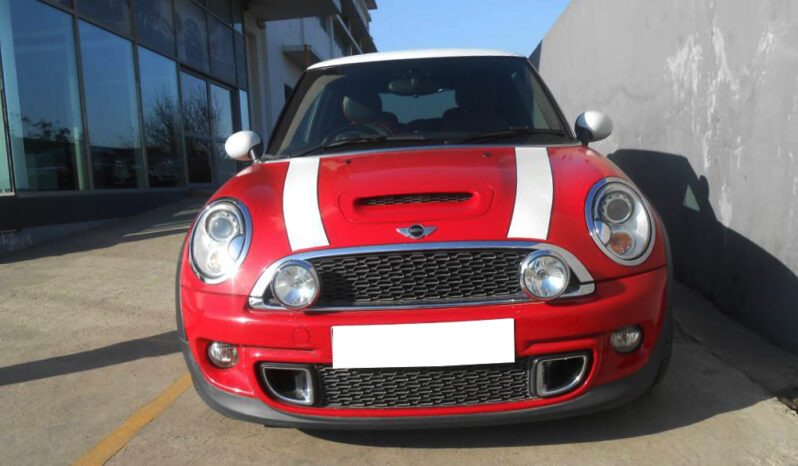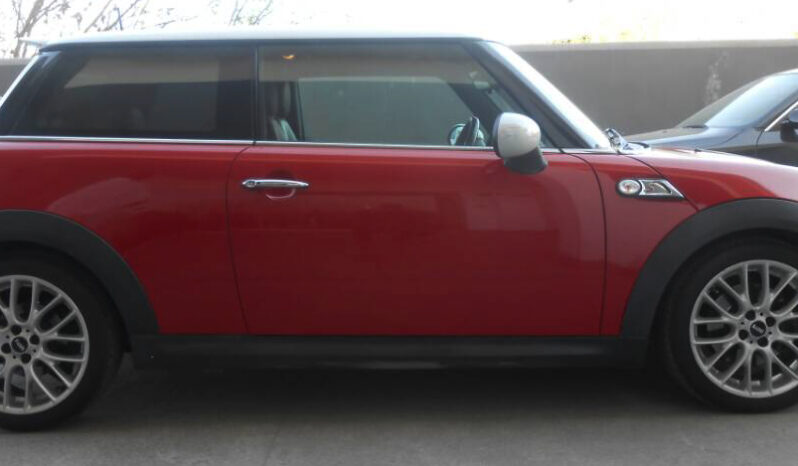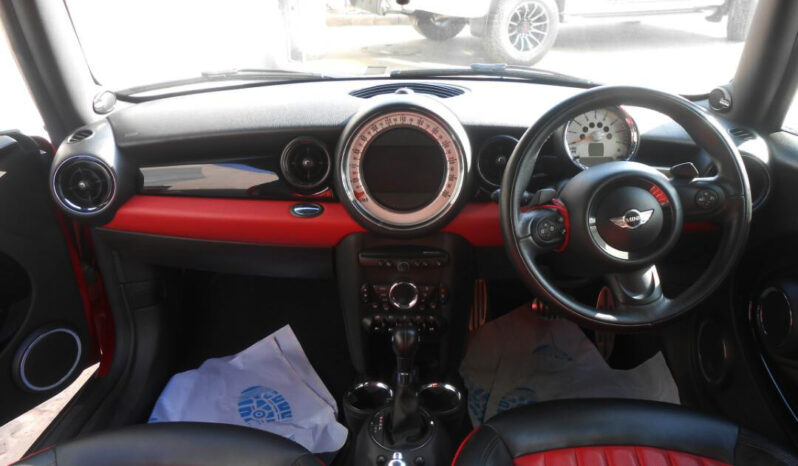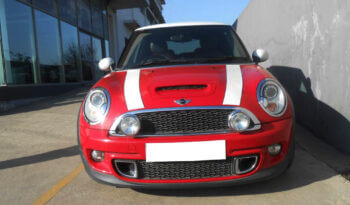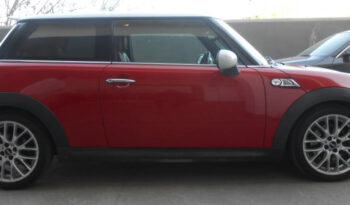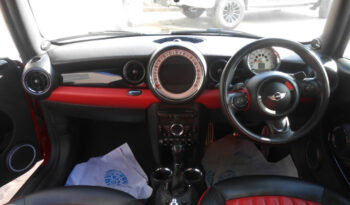When Alec Issigonis designed the first Mini in 1959, his task was to create a car with lots of space inside and minimum dimensions out, four seats, good driving characteristics, superior fuel economy and a very affordable price.
Do those attributes still ring true in our long-term Mini Cooper S 5dr? Gladly, yes, with a few caveats… I loved this car for its size, its bum-on-floor driving position and the way it drove: steering, cornering grip, punch, flexibility, engine response and engine note.
The engine is especially enjoyable: it’s sporty and flexible but also smooth – even more notable because it’s a fairly large-capacity engine (2.0 litres) in a small package. Gearchanges are foolproof, well defined and satisfying, particularly when moving through the gears rapidly, and it feels far more fitting to this car than an auto option.
Both of these elements tie nicely into the impressive balance between ride and handling. That balance is tipped towards handling – as it should be in a Cooper S with sport suspension – but it took a while to come around to the slightly unforgiving suspension on the multiple speed bumps on my route home.
In the end, it convinced me that it allows enough suppleness to kill major bumps while still controlling the body brilliantly when you most want it to – when you’re out in the wilds of the British countryside, enjoying its flair around corners.
It might not have such pretty dimensions as the much-loved 3dr (more on that later) but it still continues to offer Mini agility, turning easily, steering accurately and gripping really well. There’s very little roll so it feels stable and safe, and because of its agility and small dimensions, there always seems to be plenty of room for you on the road – a great feeling.
It also rides very flat for a small car. It sits on standard 17in wheels and I can’t see a case for choosing the optional 18s, which cost more, are that much easier to kerb and might well hurt the secondary ride. The John Cooper Works seats work well for bum and side support when you start chucking the car about a bit, and they also have pleasant firmness and good lumbar support for longer trips. On a long stint from London to Crewe, there was no desperate need to stop and stretch, as is so often the case. One long-distance grumble: motorway noise.
Other likes? There’s a feeling of tautness and robustness about the car’s general construction, something Minis have always had. The trim isn’t as luxurious as I’d like for £28k-plus, but it feels well mounted in the car and as if it’ll live a very long life.
Now onto the styling, and particularly side on. There’s no doubt that there’s a place for a 5dr Mini (other than the Countryman), given that it makes up 45% of UK demand for the hatchback overall. That decreases slightly globally: in Mini’s Oxford plant, 3dr Minis make up 50% of numbers, followed by the Clubman at 30%, then the 5dr at 20%.
Yet I can’t imagine there’s anyone who prefers the 5dr’s styling to its traditional sibling. I get it: the design requirements to make the rear seats usable while still maintaining the Mini as we know it must have been onerous. Still, I wonder if it could have been done better. That said, its looks have genuinely grown on me, particularly in certain colours such as orange (Solaris) or Emerald Grey.
Are those extra doors worth it, then? Debatable, in my mind. Editor-in-chief Steve Cropley, who spent much time in this car, tells how he was “forced to eat humble pie” when his 6ft 2in son was able to sit easily in the Mini’s rear behind a person of decent height.
My tales aren’t quite so positive. My four-year-old niece climbed into the back and quickly announced “This car is very small”, while touching the roof. A 6ft 2in friend visited with her two children, aged 12 and nine, and I felt a little sheepish squashing them all in the back. It was a short journey so absolutely fine, but it didn’t feel like one that would have been comfortable beyond a few miles.
The design of the dashboard and central console aren’t to my fancy, either. The central dinnerplate infotainment screen is a bit naff, although at least it’s quirky. It likely falls into a similar category of ‘Marmite’ as the Union flag taillights. The storage in the front is also poor and awkward to use.
It’s not all bad, though: the BMW rotary dial to control infotainment is the best in the business for intuitive use. Ultimately, it’d be great to see a simpler treatment for the overall front cabin design, one where Mini maintains its quirks but with a creation demonstrating more design wit.
And finally, there’s the price. When I consider the brand appeal and the excellent engineering, it doesn’t seem crazy-expensive. But, then again, a standard VW Golf GTI (now off sale until the next generation arrives) was a similar price and promised driving enjoyment and far better practicality. The full-blown Mini JCW (3dr only) also starts from just over £26k, which begs the question.
In summary, then: it’s a tad pricey and not as practical as you’d hope for a 5dr. But it’s also satisfyingly compact, has great brand appeal and is a hoot to drive.
Second Opinion
Back in 2000, I was one of the sceptics who didn’t think BMW’s ‘new Mini’ concept would work. Of course, it has, and brilliantly, and this terrific Cooper S we’ve been running is one of the very best to date. It’s sporty, fast and agile, yet comfortable over long distances. Giving it back is a bad business.

